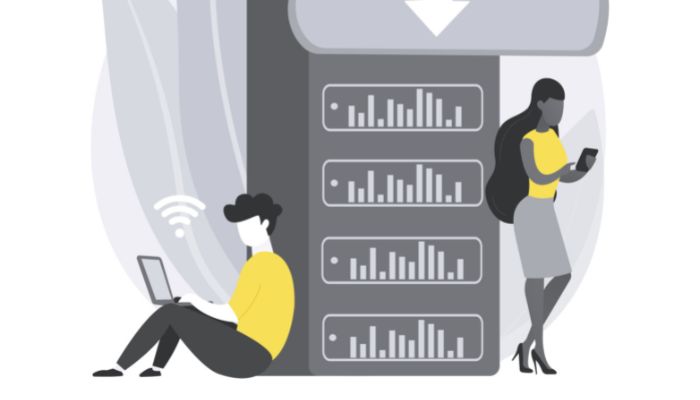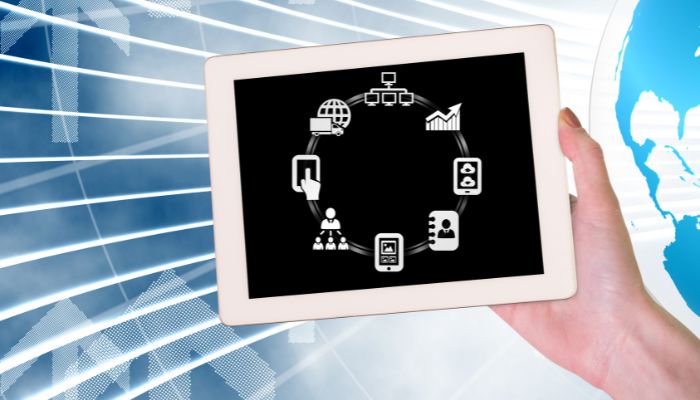Edge computing is being used by converging technologies and is set to make amends in how organisations do business and individuals lead everyday lives. However, when most people are asked about edge computing, it results in vague answers like an ethereal cloud or similar to cloud computing. The cloud essentially refers to data centres spread across the globe, like warehouses with innumerable servers that can be accessed through the internet and may also store the data and software of the servers’ process. The cloud is a collection of IT resources that are shared and are a part of a network.
These types of cloud networks have been created so that we do not need to carry our servers wherever we go and that every software application doesn’t have to be purchased. Organisations make use of desktops, laptops and tablets to access data that has been stored.
Countries around the world have various numbers of data warehouses, like the United States of America has as many as 2,750 warehouses, the United Kingdom has about 450 warehouses, and Australia has approximately 270 warehouses. Whenever data is processed on a computer, it is sent to any of these warehouses through the network and comes back immediately after being processed.
You might also be interested to read: Impact Of Technology On Talent Acquisition
It is similar to the cloud but involves smaller and more numbers of data hubs that are closer to the organisation using it. The term closer here refers to actual physical proximity, which means the hubs are geographically located near the organisation’s office.
In today’s world, the number of employees, devices and applications is increasing, which means the sea of data is getting deeper and deeper. When information is sent to a data warehouse that is already neck deep in data, the processing can be time-consuming, resulting in buffering, slower internet speed for downloads, etc. While this can be annoying, it can also be dangerous, mainly when used in high-speed travel or medicine.
Benefits of edge computing
The main benefits are quick response times and lower bandwidth. Its use is definitely on the rise, and it undoubtedly will take a little more time to complete an excellent infrastructure for it. It is also perfect for data processing issues in real time. When computing resources are present at the edge of the network, they can respond quickly compared to massive data centres located kilometres away. When servers are built at the edge, they result in excellent response times and rates of transfer. The time comparison is in minutes, not days, but every nanosecond counts in a fast-paced economic world today.
Simply put, it reduces the amount of data that must be moved and the distance the data needs to travel. This results in lesser traffic and lower latency which is the delay in time before your instruction is acknowledged and acted upon. It also leads to the fast movement of data and reduces transmission costs. 5G brought super speed data travel into the picture, indicating why it is the future.
The real future
Less than 10% of business data is produced and processed at the network edge. However, according to Gartner, a leading technology research and consulting company, this will go up to 75% by 2025, which is merely three years away from now.
Innumerable industries require an instant response as far as data processing is concerned, and they do not want any time wasted. This is seen in how the world is now attracted to self-driving cars, instant medical science and high-tech hospitals, snag-free public transport systems and public safety. When used, it is possible to duplicate human reactions. This means facial recognition tools, artificial intelligence, and analytical tools can benefit massively from almost zero latency and high transfer speeds.
Who is investing in edge computing?
A few years of theory and discussions about the theory resulted in big tech companies taking the leap and moving towards edge computing in 2019. Companies like Amazon, Microsoft and Google’s parent company Alphabet led the way and are now “edging out”.
Giants like IBM consider it a chance to reclaim their position and attempt to move away from some old businesses and embrace them. Akamai, Fastly and other content delivery networks are very interested, and there is a high chance that e-commerce will benefit from it.
In addition to the organisations mentioned above, all organisations with a workforce working from home will benefit from edge computing. Large amounts of data are burnt daily on networks running through living rooms or bedrooms of employees.
Edge computing began gaining traction at the end of 2018, but the pandemic accelerated the need for it and other digital technology. Edge computing is the future of most organisations; however, with a little more clarity about what it is, you may now be in a better position to understand if this technology can become your organisation’s future.
Reference: What Edge Computing Means for the Future of Organisations |The CEO Magazine|Rob Pegley | March 25 2022
You might also be interested to read: Technology in the Workplace: 7 Strategies to Ensure a Smooth Adoption






